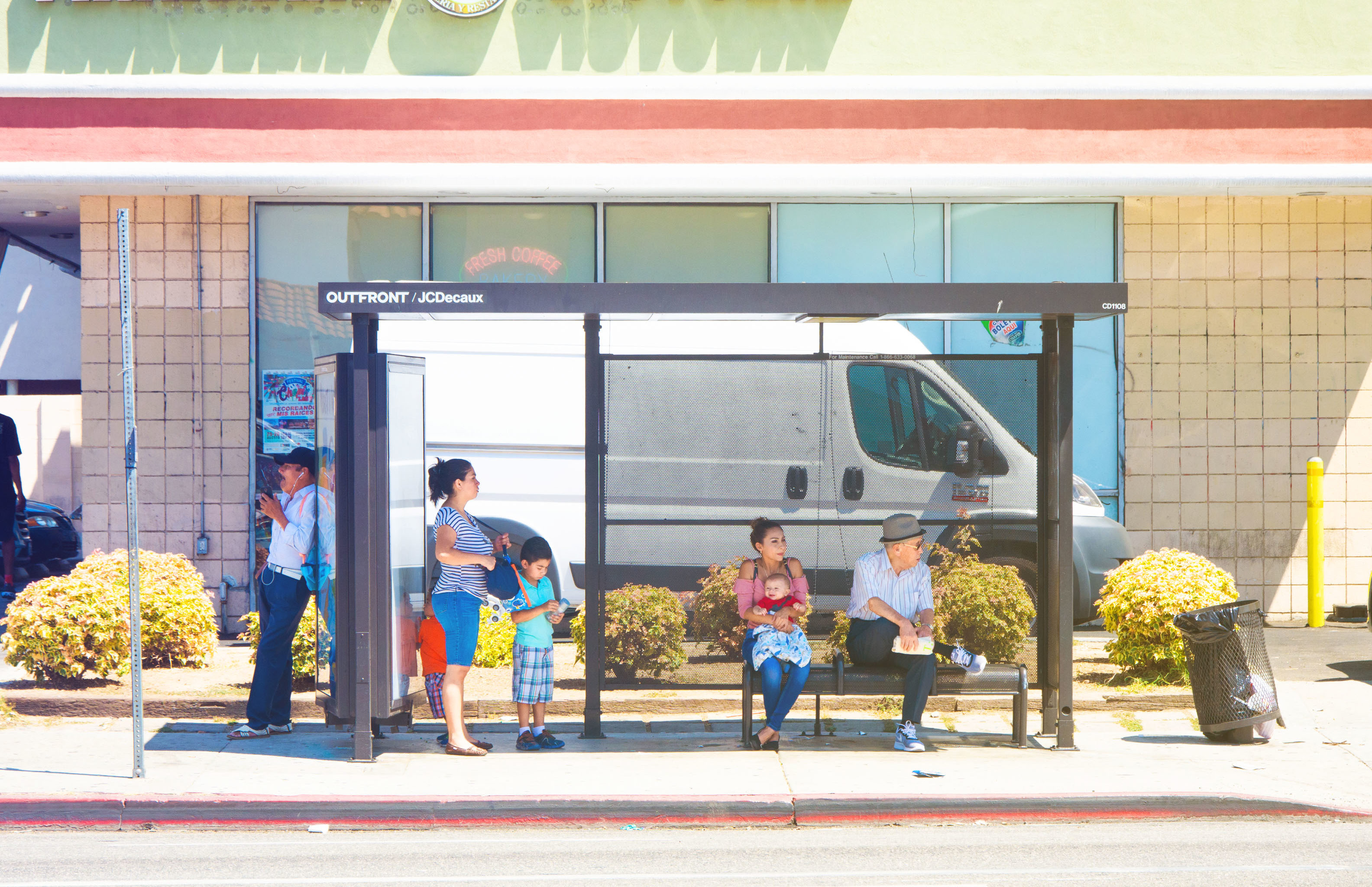
I Want To Read:
Reports are long-form research, while TransitTools are designed for quick digestion.
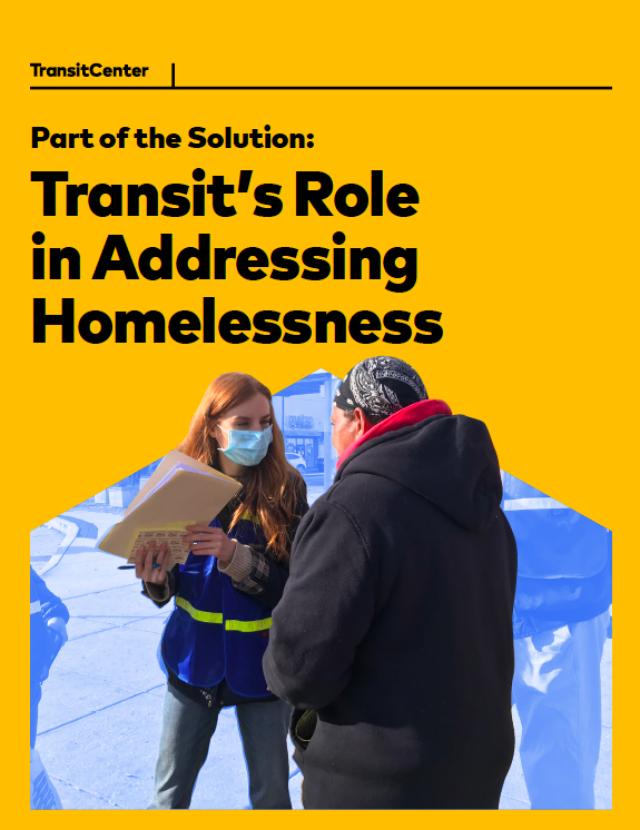 Part of the Solution: Transit’s Role in Addressing Homelessness
Part of the Solution: Transit’s Role in Addressing Homelessness
Transit agencies are at the forefront of the crisis of homelessness in the United States. American…
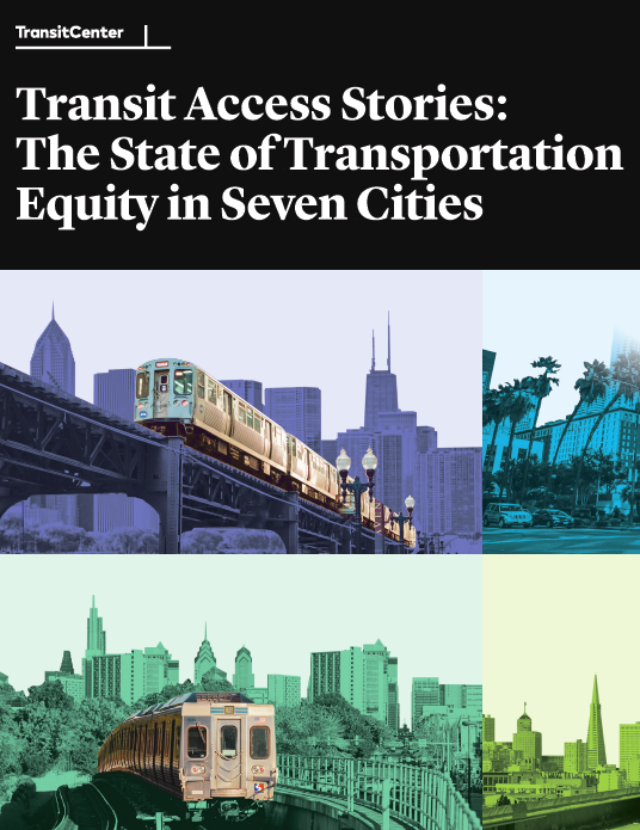 Transit Access Stories: The State of Transportation Equity in Seven Cities
Transit Access Stories: The State of Transportation Equity in Seven Cities
To create transit systems that work for everyone, transit agencies, and advocates must first understand how…
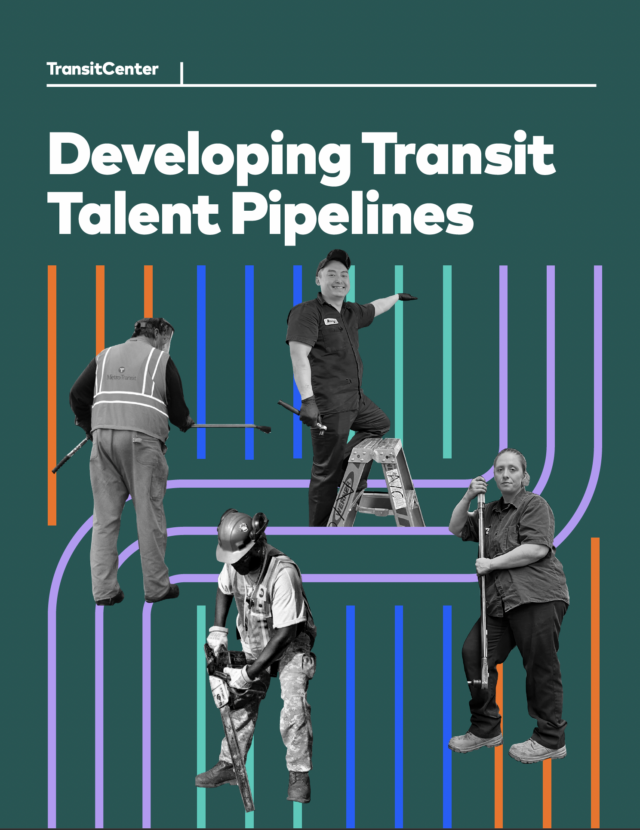 Developing Transit Talent Pipelines
Developing Transit Talent Pipelines
Our latest report examines transit workforce challenges through the lens of bus mechanics and maintenance workers, positions that are essential to helping agencies transition to zero-emissions buses and restoring pre-pandemic services.
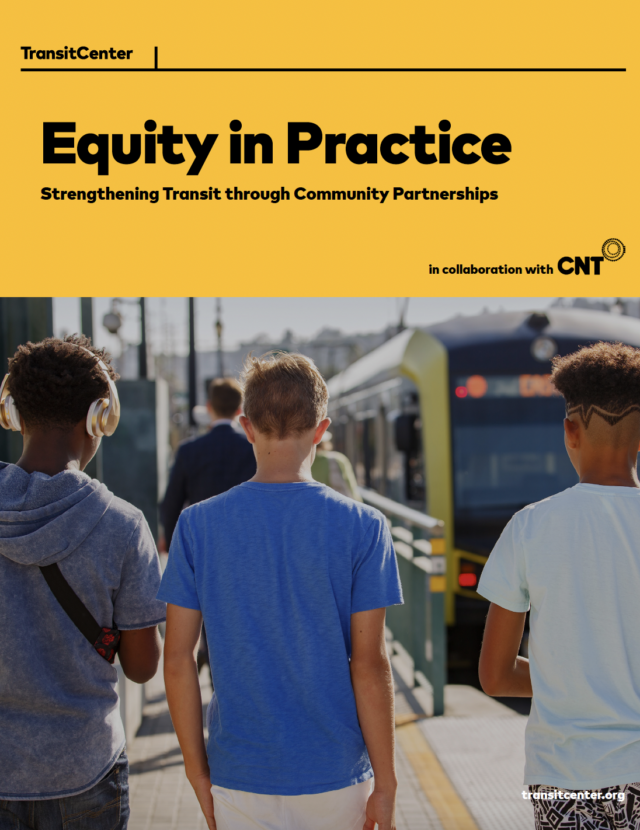 Equity in Practice: Strengthening Transit Through Community Partnerships
Equity in Practice: Strengthening Transit Through Community Partnerships
Transit agencies should continually interact with their riders and community members to ensure services meet their…
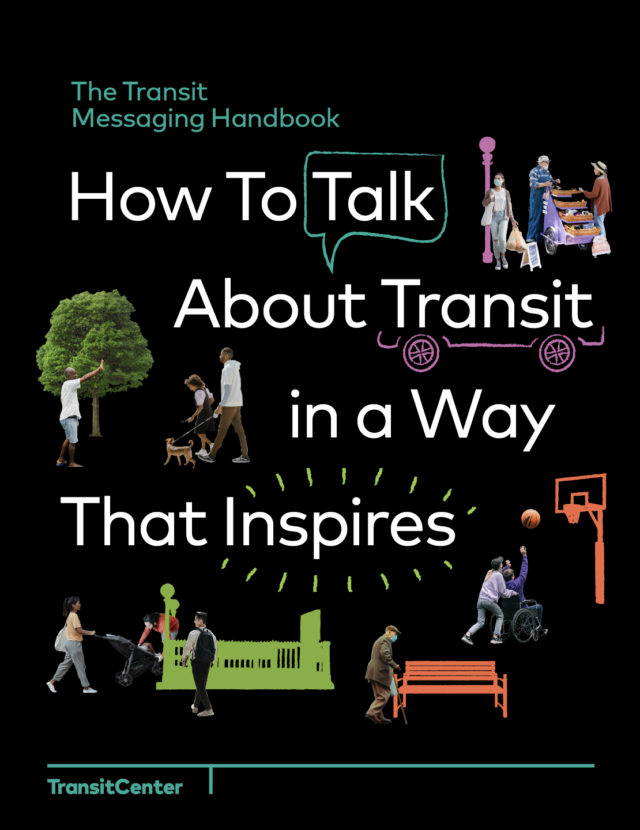 How to Talk About Transit in a Way That Inspires: The Transit Messaging Handbook
How to Talk About Transit in a Way That Inspires: The Transit Messaging Handbook
Our new transit messaging handbook is full of communications strategies to help you win the transit service your community deserves.
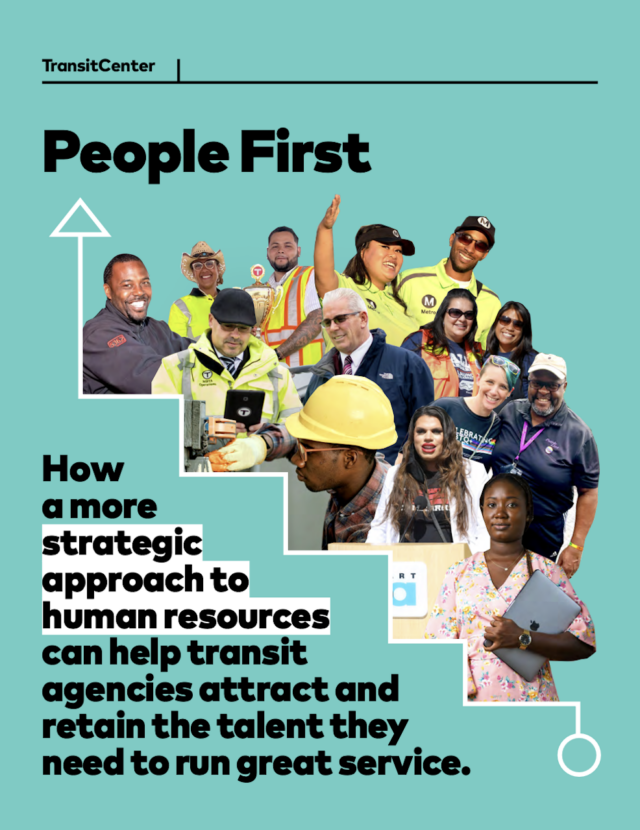 People First
People First
“People First” examines the current challenges facing public sector human resources that limit hiring and retention, and outlines potential solutions to rethink this critical agency function. To make transit agencies workplaces of the future, agencies must transform Human Resources into strategic functions that can proactively address future workforce needs, prioritize professional development and succession management, and build a positive workplace culture.
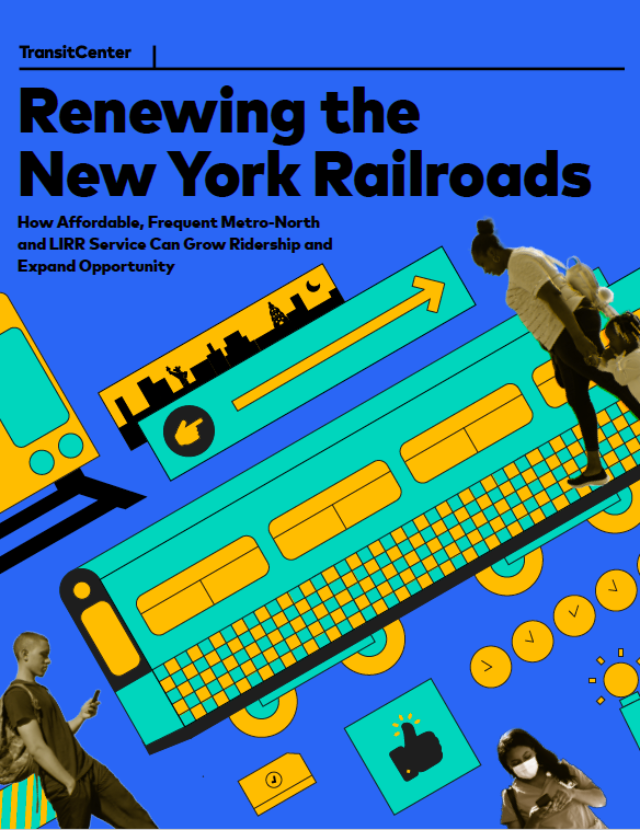 Renewing the New York Railroads
Renewing the New York Railroads
“Renewing the New York Railroads" analyzes the potential benefits of operating LIRR and Metro-North more like the subway within New York City’s boundaries, with affordable fares and more frequent service. The report reveals that the current regime of expensive fares and peak-oriented schedules on MetroNorth and LIRR is a big drag on opportunity in the NY Metro area.
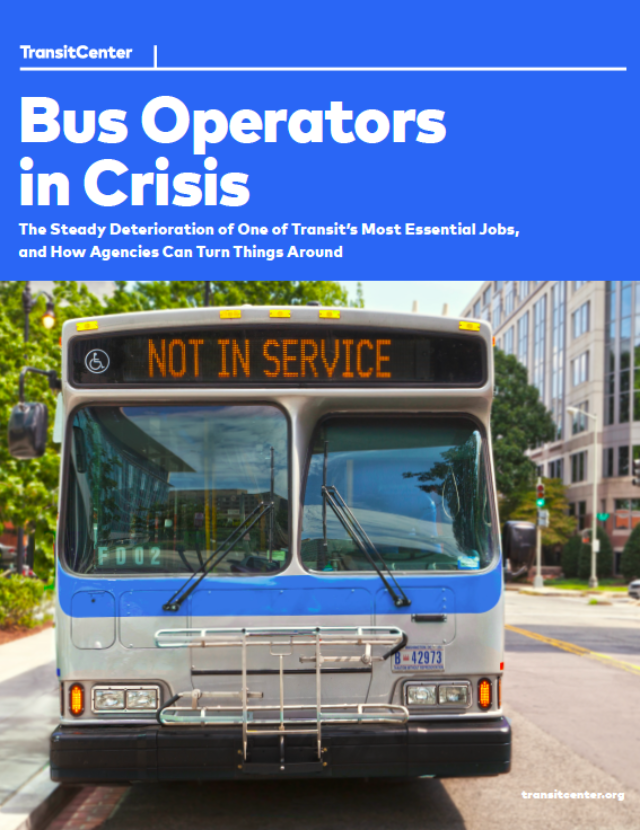 Bus Operators in Crisis
Bus Operators in Crisis
TransitCenter’s new report, “Bus Operators in Crisis,” details the challenges American operators are facing, and offers solutions that transit agencies can take to solve issues locally. It also proposes steps that state and the federal governments can take to provide agencies with necessary support.
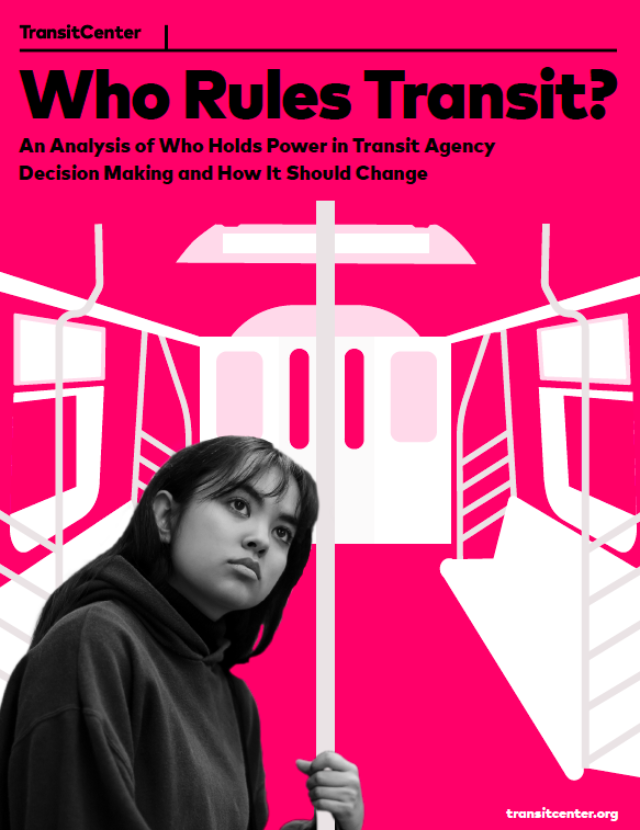 Who Rules Transit?
Who Rules Transit?
At most transit agencies, “who decides” is different from “who rides.” Our latest report, “Who Rules Transit,” reveals a yawning gap between the demographics of transit riders – primarily women and people of color – and leadership at transit agencies – primarily white men.